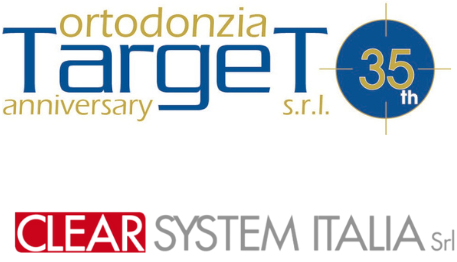Abstract
Challenge Ortho – Perio: Maximising Treatment Outcomes
by Marcolin Francesca
We’re used to think of orthodontics patient as young patients, or as teenagers. However, in the past decades a growing number of adults have reached out for orthodontic treatments: lots of them with the aim to fix emerged issues as consequences of periodontal diseases. According to data from the last Global Burden of Disease, severe periodontitis, commonly assessed as stage III and stage IV, are estimated to effect around 750 billion people worldwide. Stage IV periodontitis is characterized by similar severity and complexity of stage III, but may also present some of these criteria: teeth drifting, lack of physiological interproximal and inter – arch relationships, extrusion and opening of diastema, with growing negative impact on aesthetic, masticatory function and overall patients’ quality of life. The European Federation of Periodontology (EFP) latest guidelines have remarked that a multidisciplinary approach is required when it comes to treatment of stage IV periodontitis, and orthodontic therapy is key to restore masticatory functionality, especially prior to prosthetic rehabilitation. However, orthodontic tooth movement can be risky: orthodontic forces work on periodontium, so soft tissues must be clinically healthy. This is an essential pre – requisite to therapy for two main reasons: on one hand, in order to prevent any form of acceleration in periodontal disruption; on the other hand, to avoid undesirable tooth movement. Clinician must be aware that periodontal health, as absence of any form of gingival inflammation, is needed to achieve successful orthodontic therapy. Frequent follow – ups must be scheduled, and performed with periodontal health screening, active therapy and communication. Counselling play a key role in motivation, guidance and growing compliance by the patient, whom needs to understand that common end points are found in a very high level of self – performed oral hygiene with tailored instrumentations, and in frequent in - office professional debridement.
Learning Objectives
After this lecture, you will be able to know the relationships between orthodontics and periodontology
After this lecture, you will be able to choose periodontal patients ready for orthodontic treatment
After this lecture, you will be able to develop an adequate follow - up for periodontal patients undergoing orthodontic treatment
















_2.png)